Premium Only Content
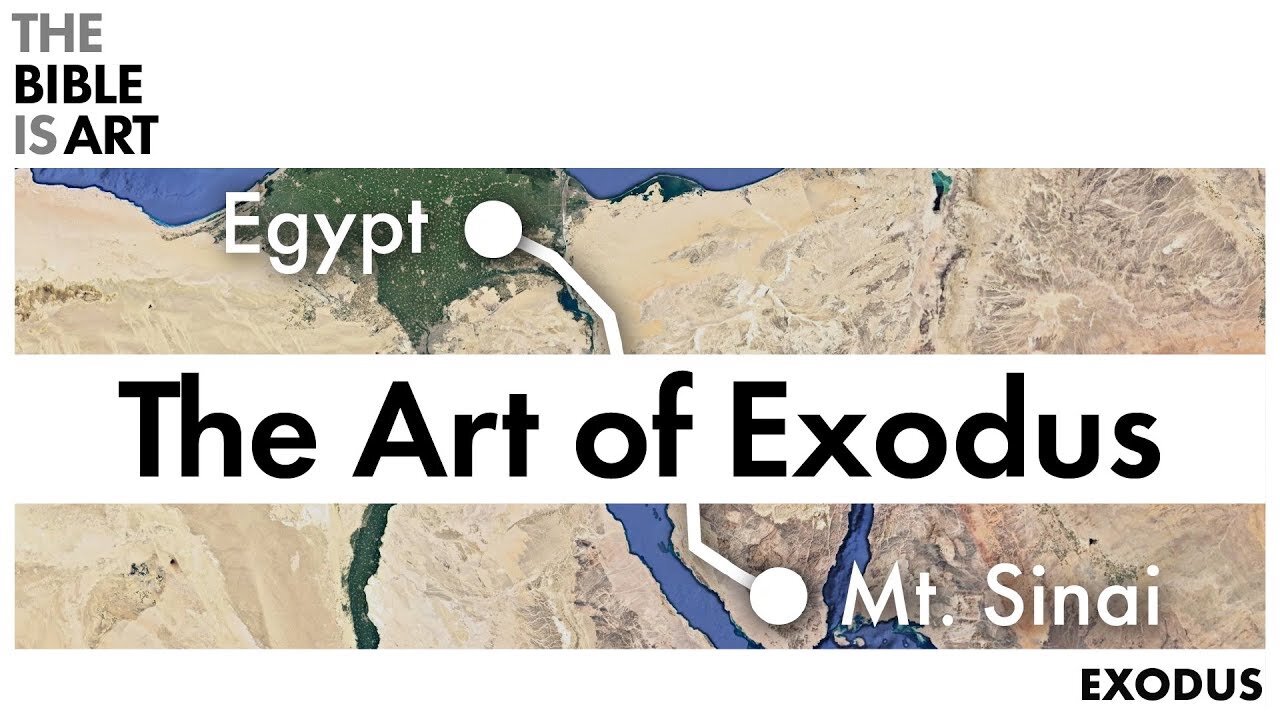
The Literary Art of Exodus
In this video I look at the literary art of the whole book of Exodus.
The Bible is the greatest work of literary genius. And The Bible is Art is a YouTube Channel devoted to explaining this literary art in all its sophistication, elegance, and design.
Patreon: https://www.patreon.com/thebibleisart
website: https://www.thebibleisart.com
email: thisdivineart@gmail.com
twitter: @johnbhiggins
music: Kai Engel, "Coelum" (https://www.kai-engel.com)
| How to Learn to Read the Bible as Literary Art |
Reading Biblical Narrative: An Introductory Guide (https://amzn.to/30LzaRa)
Narrative Art in the Bible (https://amzn.to/30RVGIb)
The Art of Biblical Narrative (https://amzn.to/3aDrIfk)
Old Testament Narrative: A Guide to Interpretation (https://amzn.to/38rcE2C)
The Poetics of Biblical Narrative (https://amzn.to/2Gh4cqE)
| Literary Structure |
Literary Structure of the Old Testament (https://amzn.to/30Jdm8X)
Style And Structure In Biblical Hebrew Narrative (https://amzn.to/2RDTTlQ)
| Genesis |
Creation: The Story of Beginnings - Grossman (https://amzn.to/2GlPwq9)
Abram to Abraham: A Literary Analysis of the Abraham Narrative - Grossman (https://amzn.to/2v7id7Z)
Narrative Art in Genesis - Fokkelman (https://amzn.to/2ulmd4t)
A Commentary on the Book of Genesis (Part I) - Cassuto (https://amzn.to/2NOAhdt)
A Commentary on the Book of Genesis (Part II) - Cassuto (https://amzn.to/2Gcuk6d)
Genesis: A Commentary - Waltke (https://amzn.to/2vaBvt7)
The Gospel of Genesis: Studies in Protology and Eschatology - Gage (https://amzn.to/2RGjRFo)
Abraham and All the Families of the Earth: A Commentary on the Book of Genesis 12-50 - Janzen (https://amzn.to/2TVyCqJ)
Genesis 1-15, Volume 1 - Wenham (https://amzn.to/2TQnYRO)
Genesis 16-50, Volume 2 - Wenham (https://amzn.to/3aDY21J)
| Transcription |
The book of Exodus is organized into 3 sections that follow the Israelites from Egypt through the wilderness to Mt. Sinai. So the literary structure looks like this. Israel in Egypt, Israel in the wilderness, and Israel at Mt. Sinai.
Exodus is a journey narrative like many of the great stories from The Odyssey, to the Aeneid, to The Divine Comedy, to Pilgrim’s Progress, to Lord of the Rings. And the central idea is that the physical journey symbolizes a moral, spiritual, intellectual, or theological journey where the travelers begin in one moral or spiritual place and move to another. In Exodus, Israel begins in slavery and journeys to freedom, Sabbath rest at Mount Sinai.
And the symbolic structure works both vertically and horizontally. Horizontally they move from Egypt to Mt. Sinai, one location to another miles away. Vertically, they begin low, at sea level at the Nile river and move up to a mountain.
The Israelites begin as servants to Pharaoh and end as servants to God. They begin in Pharaoh’s house and end God’s house, the tabernacle. They begin by listening to Pharaoh and his laws and end by listening to God and his laws. They begin by building for Pharaoh, remember the storage cities of Pithom and Ramses, and conclude by building God’s house.
So the author has written all of these symmetries that develop throughout the journey, but the structure of the story goes one level deeper. But to understand the symbolism of why the author structured the book into three sections, we have to review some of the details of the book of Exodus.
In Egypt, Israel is enslaved and God calls Moses at the burning bush to deliver his people. God then plagues his people with all manner of elements including raining down fire and delivers his people through the sea. In the Wilderness on the way to Mt. Sinai, God leads his people in a pillar of fire and cloud that illumines their way. Israel complains about the food and God provides them with manna, bread from heaven. When they arrive at Mt. Sinai the firey glory-cloud rests on the mountain and the elders travel up into it to have a meal with God. Moses receives the law as well as the instructions for building the tabernacle.
Now why have I summarized the book? The climax of the book, and the thing that gets the most space is the tabernacle - the detailed instructions and then the account of the actual construction. The tabernacle occupies 40% of the book of Exodus - 16 out of 40 chapters.
But not only did Moses spend a lot of time talking about the tabernacle, he designed the book to be a literary tabernacle. Just like the Book of Exodus is organized into three sections, geographically designed as Israel journeys from Egypt through the wilderness to Mt. Sinai, so the Tabernacle is organized into three sections through which you may journey: the courtyard, the holy place, and the holy of holies.
But the numerical connections are only the beginning. The events throughout the book correspond to objects in each section of the tabernacle.
-
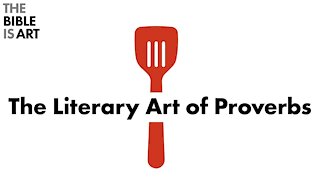 13:18
13:18
thebibleisart
3 years agoThe Literary Art of Proverbs
31 -
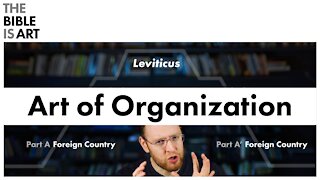 8:08
8:08
thebibleisart
3 years agoThe Art of Literary Organization
58 -
 1:52
1:52
JaneFonda1942 Gaming Channel
3 years agoMetro Exodus Intro
76 -
 3:54
3:54
JaneFonda1942 Gaming Channel
3 years agoMetro Exodus Prologue
11 -
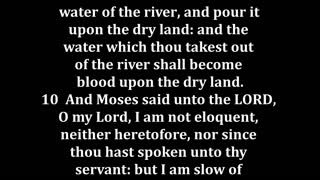 5:06
5:06
BibleVersesKJV
3 years agoExodus 4 King James version
1153 -
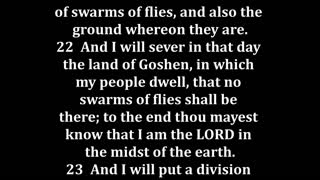 5:13
5:13
BibleVersesKJV
3 years agoExodus 8 King James version
98 -
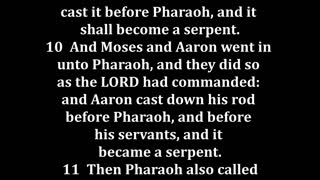 3:47
3:47
BibleVersesKJV
3 years agoExodus 7 King James version
112 -
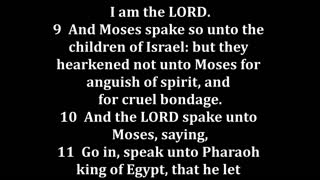 4:21
4:21
BibleVersesKJV
3 years agoExodus 6 King James version
90 -
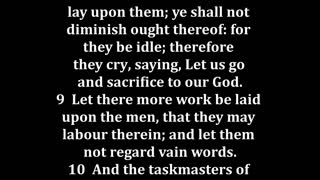 3:20
3:20
BibleVersesKJV
3 years agoExodus 5 King James version
61 -
 5:06
5:06
BibleVersesKJV
3 years agoExodus 4 King James version
64